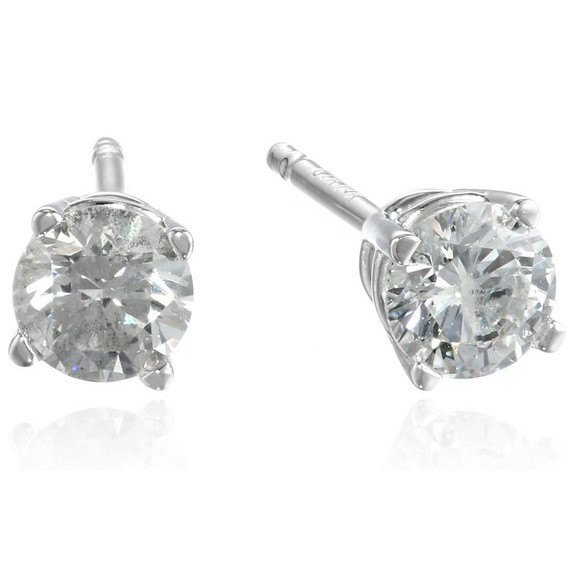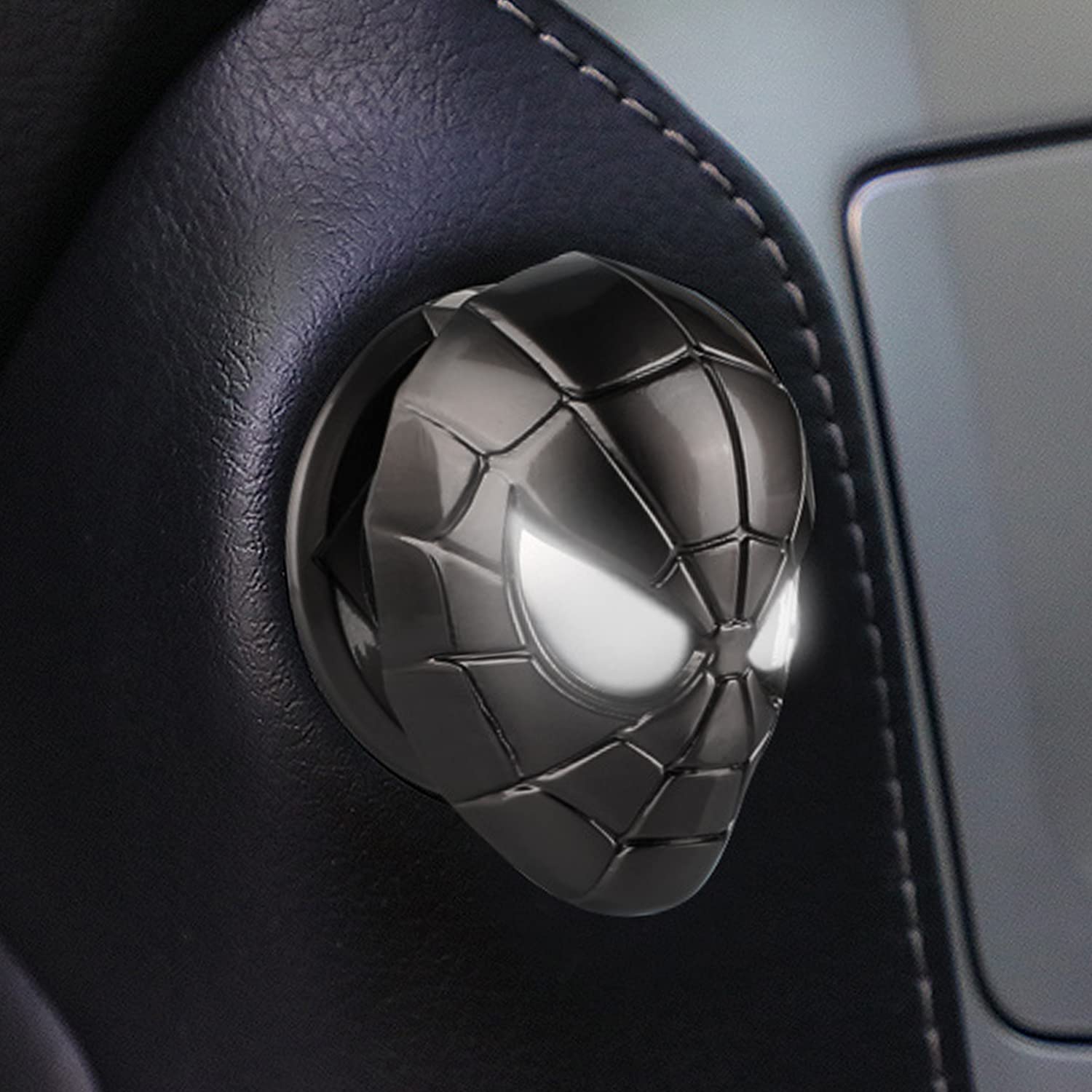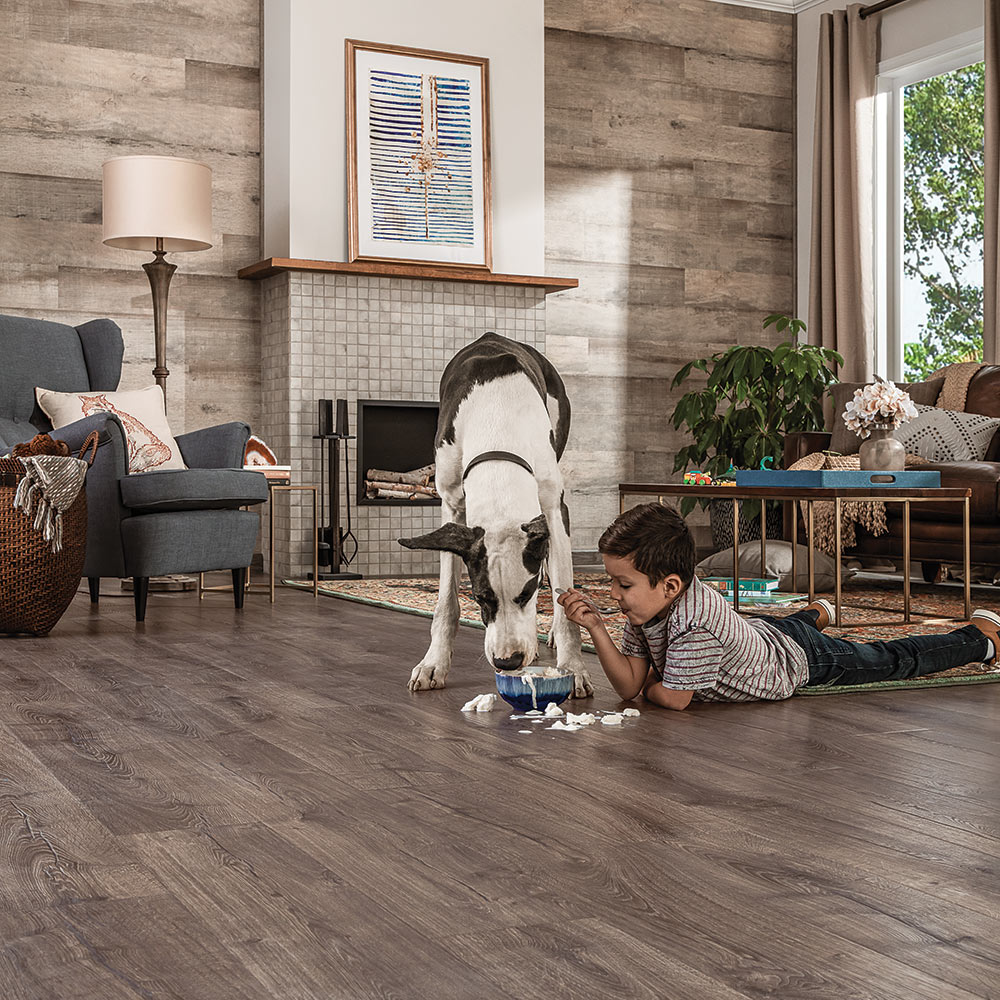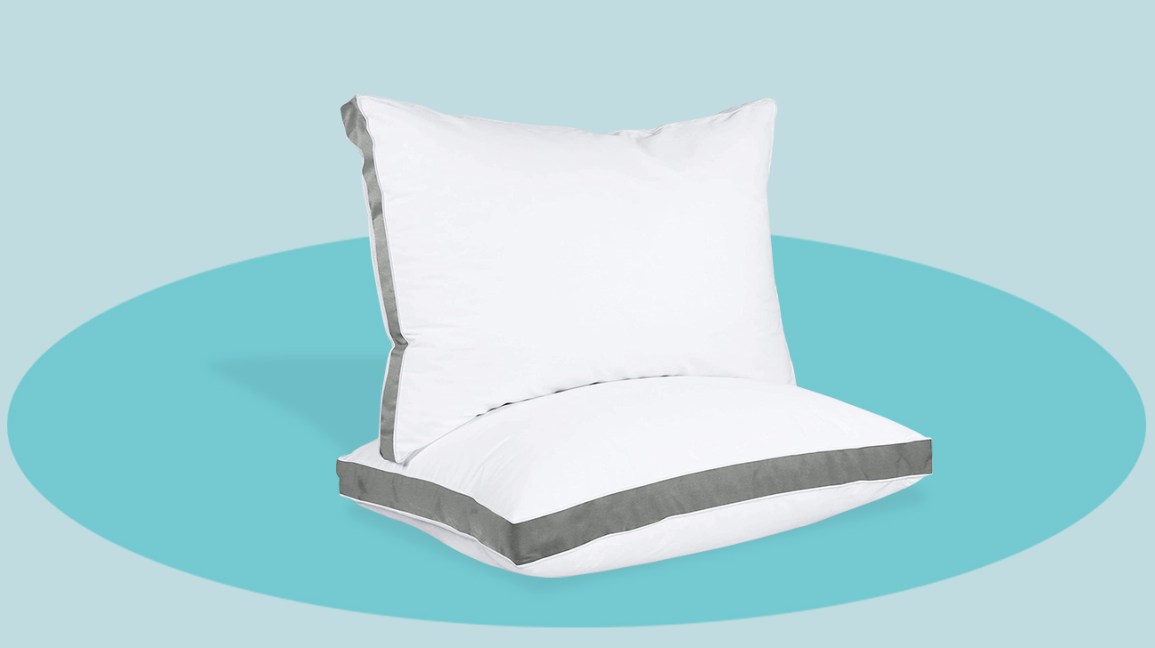Is 14K Good Quality
Gold is a precious metal that is resistant to corrosion and tarnishing. It is also malleable, meaning it can be hammered into thin sheets. Gold has been used for centuries to make jewelry, coins, and other decorative items.
The purity of gold is measured in karats. The higher the karat number, the purer the gold. Twenty-four karat gold is 100% pure gold.
Fourteen karat gold is 58% pure gold.
There’s a lot of debate about what “good quality” means when it comes to gold jewelry. Is 14K good quality? Well, it depends on who you ask.
Some people will say that 14K gold is perfectly fine and just as good as 18K gold. Others will say that 14K gold isn’t nearly as good as 18K gold because it’s not as pure. So, what’s the verdict?
Personally, I think that 14K gold is a perfectly acceptable option for those looking for good quality gold jewelry. It’s less expensive than 18K gold, but still has a decent amount of purity. Plus, it’s less likely to cause skin irritations (since it contains less nickel).
If you’re looking for the best of the best, then 18K gold is probably your best bet. But if you’re looking for something that’s still quite nice but won’t break the bank, then 14K gold is a great option.
14K vs 18K GOLD | Jill Maurer
Is 14K Gold Good Quality?
When it comes to gold, the higher the karat, the better the quality. 14K gold is good quality gold that contains 58.3% pure gold. It’s durable and strong, making it a good choice for everyday jewelry.
However, because it’s not as pure as 24K gold, it may scratch or dent more easily.
Which is Better 18K Or 14K?
When it comes to gold, there is a lot of debate surrounding which karat is best. Many people believe that 18K gold is the best option because it contains more pure gold than 14K gold. However, others believe that 14K gold is actually better because it is more durable and less likely to scratch or tarnish over time.
Ultimately, the decision of which karat to choose comes down to personal preference and what you are looking for in a piece of jewelry. If you want something that will last a long time and maintain its appearance, then 14K gold may be the better option for you. However, if you are looking for a piece of jewelry with a high purity level, then 18K gold may be the better choice.
How Long Will 14K Gold Last?
14K gold is an alloy of gold and other metals, typically copper, zinc, and silver. The purity of 14K gold is 58.5% gold with the balance being made up of the other metals. Because it contains other metals, 14K gold is more durable than pure 24K gold and can be worn daily without fear of tarnishing or damage.
However, because it contains less gold than 24K gold, it is also less valuable.
How long will 14K gold last? It depends on how you care for it and how often you wear it.
With proper care, 14K gold can last a lifetime. If you wear your jewelry every day, however, it will inevitably show signs of wear and tear sooner than if you only wore it occasionally.
Why is 14K Gold Cheap?
There are a few reasons why 14K gold is considered to be cheaper than other types of gold. First, 14K gold is not as pure as other types of gold. It contains only 58.5% pure gold, with the rest made up of metals like copper and silver.
Second, because it’s not as pure, it’s also not as valuable. Third, 14K gold is more likely to cause an allergic reaction in people with sensitive skin. Finally, because it’s less valuable, it’s also less durable and more likely to scratch and dent.

Credit: www.ebay.com
What Karat Gold is Best for Everyday Use
When it comes to everyday use, the best karat gold is 14K. It has just the right amount of gold to provide durability and resistance to wear and tear, while still being affordable. Plus, 14K gold won’t tarnish as quickly as other types of gold.
18K Gold Vs 24K
When it comes to gold, the higher the karat number, the purer the gold. 24K gold is 100% pure gold, while 18K gold is 75% pure gold. The remaining 25% of 18K gold is made up of other metals, like silver or copper.
So, why would anyone want 18K gold instead of 24K? Well, there are a few reasons. First of all, 24K gold is very soft, so it’s not ideal for everyday wear.
It’s also more expensive than 18K gold. And lastly, because it’s so pure, 24K gold tends to tarnish more easily than lower karat levels.
If you’re looking for a compromise between purity and durability (not to mention price), then 18K gold might be the way to go.
It strikes the perfect balance and can be worn daily without fear of damage or discoloration.
24K Gold
When it comes to luxury items, 24K gold is the gold standard. This pure gold is too soft to be used in jewelry on its own, so it is often alloyed with other metals to give it strength and durability. Even so, 24K gold jewelry has a distinctively rich color that sets it apart from lower karat golds.
It also has a high resale value since it contains more pure gold than any other type of jewelry.
If you’re considering purchasing 24K gold jewelry, there are a few things you should keep in mind. First, because it’s so soft, 24K gold can scratch and dent easily.
It’s also more expensive than lower karat golds because it contains more pure gold. Finally, because it’s so rare, 24K gold jewelry can be difficult to find. But if you’re looking for the most luxurious option available, 24K gold is the way to go.
Conclusion
14K gold is good quality because it is made of 58% pure gold. It is also strong and durable, making it ideal for jewelry.
Car Engine Start Button Cover
A car engine start button cover is a great way to protect your investment. It’s a simple and inexpensive way to keep your car’s interior looking new. The start button is one of the first things people see when they enter your vehicle, and it’s also one of the most vulnerable areas.
A cover can help prevent scratches, fading, and other damage.
If you have a car with an automatic transmission, chances are your engine start button is just a plain old plastic cover. But if you’re lucky enough to have a manual transmission, your engine start button might be covered in a cool metal or carbon fiber cover. Either way, it’s important to keep your engine start button protected from the elements.
That’s why we’ve got a great selection of car engine start button covers to choose from. Whether you want something simple and understated or something that really makes your car stand out, we’ve got you covered. And best of all, our prices are unbeatable.
So don’t wait any longer, order your car engine start button cover today!
Engine Push Start Button Cover Car Start Stop Switch Button Ignition Cover Review, Pure carbon fiber
How Do You Put Accessories in a Push to Start Car?
Assuming you would like a blog post discussing how to properly install accessories in a push to start car:
Most people are aware that in order to start a push to start car, all you have to do is press the brake pedal and then push the start button. However, what many people don’t know is how to properly install accessories in their push to start car.
Here are some tips on how to do just that:
1. Make sure your accessory is compatible with your car’s make and model. Not all accessories are created equal and some may not be compatible with your particular vehicle.
Doing a bit of research beforehand will save you time and headache in the long run.
2. Once you’ve confirmed your accessory is compatible, it’s time for installation. Depending on the accessory, this process can vary slightly.
However, most follow similar steps:
– Find an open power port inside your vehicle (usually located near the center console). If there isn’t an open port, you may need to use a splitter in order to create one.
– Plug in the accessory into the power port (or splitter).
– Route any cords or wires neatly so they’re out of the way but still easily accessible. Tucking them underneath seats or along trim pieces is usually sufficient.
– Test out your new accessory to ensure it’s working properly!
What Happens If Push Start Button Doesn’T Work?
If the push start button doesn’t work, it could be for a number of reasons. The most common reason is that the battery is dead or too low to power the starter. If this is the case, you’ll need to jump start your car or replace the battery.
Another possibility is that there’s an issue with the starter itself. This could be due to a problem with the solenoid, which is responsible for engaging the starter motor. If this is faulty, it will need to be replaced.
Finally, it’s also possible that there’s a problem with the ignition switch. If this isn’t working properly, it won’t send a signal to the starter to engage. This will need to be fixed in order for your push start button to work again.
Can I Install Start Button in Car?
No, you cannot install a Start button in a car. While some aftermarket companies may sell products that claim to do this, they are not actually able to physically install a Start button in a car. In order to start most cars, you must have a key fob or keyless entry system that is programmed to the car’s computer.
This allows the car to recognize that you are an authorized user and will allow it to start. If you do not have one of these systems, you will not be able to start the car.
Can Push Button Start Be Added?
If you’re wondering if you can add a push button start to your car, the answer is maybe. It depends on the make and model of your car, as well as the year. Some cars come with the option for push button start, while others don’t.
You can usually find out by checking your car’s owner’s manual or doing a little research online.
If your car doesn’t have push button start and you really want it, there are aftermarket kits that you can buy and have installed. However, it’s important to note that not all cars are compatible with these kits.
And even if your car is compatible, adding push button start may void your warranty. So it’s something to consider carefully before doing.
Overall, whether or not you can add push button start to your car depends on a few different factors.
But if you’re determined to have this feature in your ride, there are ways to make it happen.

Credit: www.youtube.com
Car Engine Start Button Cover Wonder Woman
Superheroes are always coming to the rescue and saving the day. But what about when your car needs a little help starting up? That’s where this Wonder Woman car engine start button cover comes in!
This simple but effective accessory attaches easily to your car’s ignition, making it look like Wonder Woman is lending a helping hand every time you turn on the engine. It’s a fun way to show off your love of all things superhero, and it might even give you a little extra boost of confidence as you head out onto the open road.
Custom Push Start Button Cover
Most cars these days come with push start buttons, and they’re a great feature. But what if you want to add a little bit of personality to your car? A custom push start button cover is the perfect way to do that!
There are a lot of different designs out there, so you can find one that fits your style perfectly. They’re easy to install, too – just peel off the old one and stick on the new one. No tools required!
If you’re looking for something unique and fun, a custom push start button cover is definitely the way to go.
Push Start Button Flip Cover
We all know that the push start button is one of the most essential parts of our car. It’s what starts the engine and gets us on our way. But did you know that there’s another part of the push start button that’s just as important?
That’s right, the flip cover!
The flip cover is what protects the push start button from dirt, debris and other damage. Without it, your push start button would be vulnerable to all sorts of things that could render it useless.
So make sure you keep your flip cover in good condition and don’t take it for granted!
Conclusion
A car engine start button cover is a small plastic or metal cover that fits over the start button on your car’s dashboard. It’s there to protect the button from being accidentally pushed, which could cause the engine to start. The cover can also be decorative, and many people choose to personalize their covers with stickers or other decorations.
Best Flooring For A Bedroom With Pets
If you have pets, you know how important it is to find a flooring option that can stand up to their wear and tear. Hardwood floors are a popular choice for bedrooms, but they can be scratched and dented by your furry friends. Carpet is another popular option, but it can be difficult to keep clean with pet hair and accidents.
There are several other options to consider that may be more durable and easier to maintain than traditional choices.
If you have pets, you know that they can be quite hard on your floors. Whether it’s their nails scratching up the surface or accidents that happen from time to time, it’s important to choose a flooring material that can withstand some wear and tear. Here are some of the best flooring options for bedrooms with pets:
Hardwood floors are a classic choice for any room in your home, including the bedroom. They offer a timeless look and can be refinished if they start to show signs of wear. However, hardwoods can be scratched by pet nails so you may want to consider using rugs in high-traffic areas.
Tile is another great option for bedrooms with pets. It’s durable and easy to clean, which is ideal if you have an accident-prone pet. Plus, tile comes in a variety of styles and colors so you can easily find a look that fits yourbedroom décor.
Just be sure to choose a tile that has a smooth finish to avoid scratches from pet nails.
Laminate flooring is another durable option that is perfect for bedrooms with pets. It’s resistant to scratches and stains, and it can mimic the look of real wood or stone floors at a fraction of the cost.
Laminate floors are easy to install yourself so you can save even more money on your bedroom makeover.
Best floors if you have pets
What is the Best Type of Flooring When You Have Pets?
There are a few different types of flooring that can work well in homes with pets. One option is laminate flooring, which is durable and easy to clean. Another good choice is vinyl plank flooring, which is also durable and resistant to scratches.
Tile and hardwood floors can also be good choices, although they may require more maintenance to keep them looking their best. Ultimately, the best type of flooring for a home with pets depends on the pet owner’s individual needs and preferences.
What is the Toughest Flooring With Dogs?
There are many factors to consider when trying to figure out the toughest flooring with dogs. One important factor is the type of dog you have. Some dogs are just more destructive than others and may be tougher on your floors no matter what type they are.
Other factors include how much your dog sheds, whether or not your dog has accidents inside, and how active your dog is. With all of these factors in mind, let’s take a look at some of the most popular types of flooring and see which ones tend to stand up best to furry friends.
Hardwood floors are one of the most popular types of flooring for homes with pets.
They offer a classic look that can complement any décor style. Hardwoods are also easy to clean, which is important if you have a messy pet. However, hardwoods can be scratched by dogs’ nails and damaged by urine if accidents occur indoors.
If you opt for hardwood floors, be sure to provide your pet with plenty of soft bedding options so they don’t damage the floors when they sleep.
Tile is another popular option for flooring in homes with pets. Tile is durable and easy to clean, making it ideal for busy families with messy pets.
However, tile can be slippery for some animals, particularly older dogs who may have trouble getting traction on smooth surfaces. If you choose tile for your home’s flooring, make sure you provide rugs or mats in high-traffic areas to help prevent slips and falls.
Linoleum is another tough flooring option that can withstand heavy traffic from both people and pets alike.
Linoleum is water-resistant and easy to clean, making it ideal for homes with indoor pets who may have accidents from time to time. However, linoleum can be scratched easily by pet nails so it’s important to keep them trimmed regularly .If you’re looking for a tough but affordable flooring option ,linoleum may be right for you .
What Flooring is Dog Scratch-Resistant?
There are a few types of flooring that are scratch-resistant to dogs. One type is vinyl flooring. This type of flooring has a wear layer that is resistant to scratches, denting, and staining.
Another type of scratch-resistant flooring is laminate flooring. Laminate floors have a tough outer layer that protects the inner layers from scratches. Finally, tile floors can also be scratch-resistant to dogs.
Tile floors are made of hard materials such as ceramic or porcelain, which make them difficult to scratch.
Is Vinyl Or Laminate Better for Pets?
Assuming you are asking about flooring:
Vinyl is a better option for pet owners. It is more durable and water resistant than laminate, making it ideal for homes with pets that are prone to accidents.
Vinyl is also easier to clean than laminate, so you won’t have to worry about pet hair or dirt build-up.

Credit: www.rubberflooringinc.com
Best Flooring for Pet Urine
When it comes to finding the best flooring for pet urine, there are a few things you need to take into consideration. First of all, what type of pets do you have? If you have cats, they are more likely to use a litter box, so you won’t have to worry about them having accidents on your floor.
However, if you have dogs, they are more likely to have accidents on your floor, so you will need to find a flooring that is resistant to pet urine.
There are a few different types of flooring that are resistant to pet urine. One option is tile.
Tile is easy to clean and does not absorb urine like other types of flooring. Another option is linoleum. Linoleum is also easy to clean and does not absorb urine.
Finally, vinyl plank flooring is another option that is resistant to pet urine. Vinyl plank flooring is easy to install and can be found at most home improvement stores.
Worst Flooring for Dogs
There are a few types of flooring that are not ideal for homes with dogs. Tile and hardwood floors can be difficult for dogs to walk on, and they are also more susceptible to scratches and other damage from nails. Carpet is often the best choice for dog-friendly flooring, as it is softer and easier on their paws.
However, low-pile or berber style carpets can be difficult to keep clean with shedding dogs, so choose a durable carpet made of synthetic fibers if possible.
Waterproof Flooring for Pets
Waterproof flooring is a great option for homes with pets. It is durable, easy to clean, and can withstand the wear and tear of furry feet. There are a variety of waterproof flooring options available on the market, so there is sure to be one that fits your needs and budget.
Vinyl plank flooring is a popular option for pet-friendly homes. It is water resistant and easy to install. Vinyl plank flooring comes in a variety of colors and styles, so you can find one that matches your home’s décor.
Another advantage of vinyl plank flooring is that it is comfortable underfoot, which is important for homes with pets that spend a lot of time on the floors.
Tile flooring is another water resistant option that is perfect for homes with pets. Tile floors are easy to clean and maintain, and they are durable enough to stand up to furry feet traffic.
Tile comes in a variety of colors and styles, so you can find an option that fits your home’s décor. One disadvantage of tile floors is that they can be cold underfoot, so they may not be the best choice for homes with dogs who like to lie on the floors.
Conclusion
Assuming the pets in question are dogs or cats, the best flooring for a bedroom with pets would be hardwood floors. Hardwood floors are easy to clean and don’t hold onto pet hair as much as carpet does. Plus, if your pet has an accident on hardwood floors, it’s not as big of a deal as it would be on carpet.



